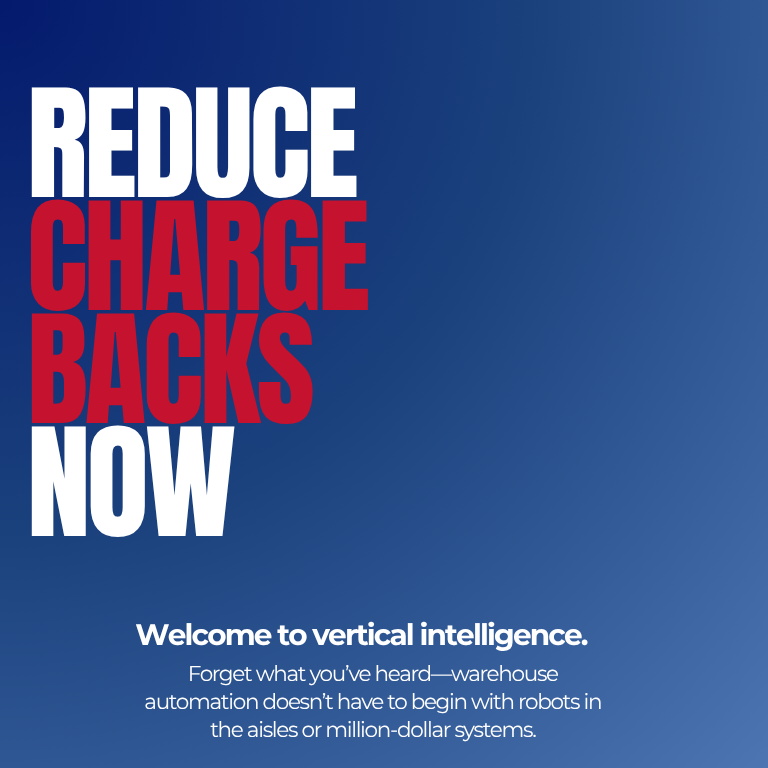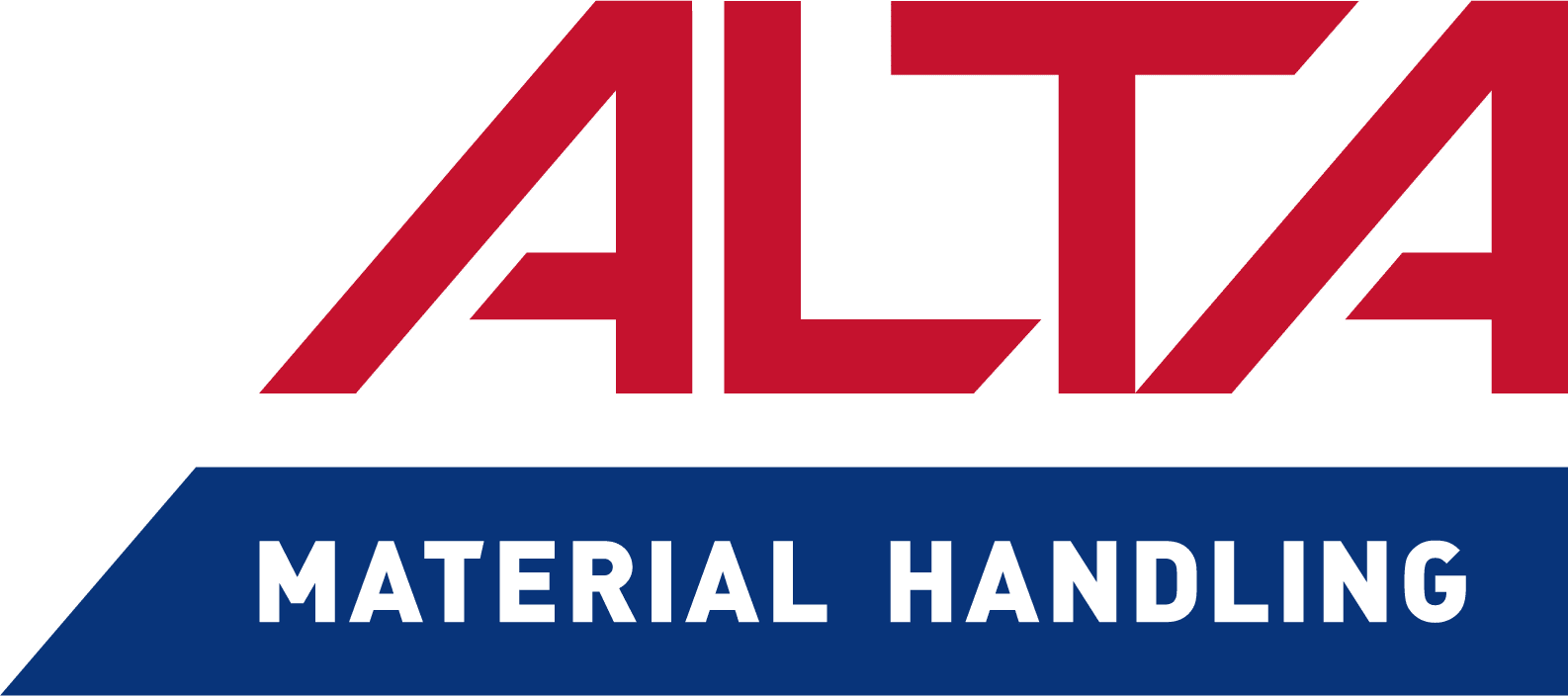Whereas a layperson envisions a warehouse as little more than aisles of racks and shelves, industry professionals recognize the pick module as a more foundational engineered solution. Understanding the concepts and principles behind pick modules is essential when exploring automated enhancements and system variations. Many advanced automation solutions are built upon the foundational framework of the pick module—leveraging its core strategies for space optimization, order accuracy, and operational efficiency. Regardless of whether pick modules prove to be the optimal solution over the next five years, mastering their core principles empowers business leaders to assess and implement automation technologies that adhere to these proven standards.
Whether for a fulfillment center or raw material storage in manufacturing, in warehouse design, a pick module is as much a process as it is a physical structure. More than just a collection of racks and possibly conveyors, pick modules integrate product storage, picking, and movement into a highly organized, often, multi-level layout. The goal: to accelerate and streamline order fulfillment with precision and efficiency.
At their core, pick modules are engineered systems that combine various storage solutions—such as pallet flow, carton flow, shelving, and pushback racks—with conveyors and mezzanines, creating a concentrated, high-throughput picking zone.
The Role of Pick Modules in Modern Warehouse Operations
Pick modules play a critical role in optimizing warehouse design by maximizing vertical space, concentrating picking zones, and streamlining order fulfillment—particularly in high-volume environments. By efficiently organizing storage and retrieval systems, they support faster, more accurate order processing and reduce the strain on manual labor.
At the core of every pick module are several key components. These include storage systems such as pallet racking, carton flow, pushback racks, and shelving. Conveyors—either powered or gravity-fed—are integrated to transport items through the module and to packing stations, improving material flow. Mezzanines or rack-supported levels are often used to create multi-level pick zones, making full use of the facility’s vertical space and increasing throughput capacity.
The benefits of pick modules are significant. They optimize space utilization by supporting a high density of SKUs within a compact footprint. By reducing walk time and centralizing picking activities, they also enable faster order fulfillment. Enhanced picking accuracy is achieved through technologies like pick-to-light or voice-directed systems, and overall labor costs are reduced through streamlined layouts and automation such as conveyors.
Pick modules are widely used across industries. In e-commerce, they support high-speed fulfillment for fast-moving SKUs. In retail, they improve inventory processing and replenishment efficiency. For the grocery sector, they enable accurate, high-volume picking and packing of perishable items.
There are several types of pick modules to consider. Single-level configurations suit smaller operations, while multi-level systems—supported by racks or mezzanines—maximize vertical storage. Hybrid models combine manual and automated solutions, such as the use of conveyors or Autonomous Mobile Robots (AMRs), for even greater flexibility.
When planning to implement pick modules, especially with future automation in mind, it is essential to evaluate factors such as product weights and dimensions, operational workflow, labor availability, current and projected throughput rates, and the overall facility layout. Considerations like stairs, spiral conveyors, and structural capacity for future automation loads are critical—particularly because retrofitting mezzanines not originally designed for automation can be costly and complex.
By understanding these foundational elements, businesses can design scalable, efficient pick module systems that support long-term growth and operational excellence.
Unique Design Consideration:
When designing and implementing pick modules or any mezzanine-based warehouse structure, it’s important to recognize that regulations can vary significantly by state, county, province, or district. Local building codes and permitting requirements often differ not only in scope but also in how specific structures—such as mezzanines—are classified and evaluated.
One common distinction lies in how regulatory authorities view free standing mezzanines versus rack-supported mezzanines. In some jurisdictions, these two structures are treated differently in terms of code compliance and impact on facility planning requirements.
For example, certain local codes may count the entire square footage of a mezzanine toward a facility’s total floor area. This expanded footprint can influence a variety of building requirements, including:
- Parking allocations
- Number of required restrooms
- Egress routes
- Fire protection systems
In contrast, other regulatory bodies may only consider the added aisle space or areas with clear access when calculating the impact of a rack supported mezzanine. These discrepancies can significantly affect project scope, cost, and timeline.
To avoid costly surprises or delays, it’s essential to engage early with local permitting authorities and design partners familiar with the local code landscape. Understanding how your mezzanine or rack-supported structure will be interpreted under applicable building codes ensures smoother approvals and more accurate planning from the outset.
Ultimately, proactive code compliance and clear documentation can make the difference between a seamless installation and a prolonged, expensive permitting process.
This is another great example where partnering with the experts at PeakLogix can provide significant value and positively impact the success of your project.
Last Thoughts on Pick Modules
Pick modules are foundational to scalable, efficient warehouse operations. When integrated with a Warehouse Management System (WMS) and automation technologies, they serve as a powerful engine for lean, high-throughput environments. Properly designed from the start, they can adapt and scale with your operation—helping you meet today’s demands while preparing for tomorrow’s growth.
As a concept, they provide the principles of more automated solutions as well as the challenges many goods-to-person and person-to-goods solutions aim to solve.
Conclusion
As businesses scale, planning and managing a warehouse becomes essential for meeting operational demands. Whether it’s managing increased order volumes, ensuring on-time deliveries, or optimizing warehouse space, pick modules offer a foundational and scalable solution.
Partnering with PeakLogix ensures tailored pick module systems that integrate seamlessly with existing infrastructure. PeakLogix offers top-tier industry design, engineering, hardware and installation for rack, rack-supported mezzanine, mezzanine, shelving, conveyors, pick-to-light, gravity flow and more. The project can be fully integrated into your process with American-made PickPro Warehouse Control Software (WCS-WMS), which connects the hardware and electronics in a pick module system for seamless operation, PeakLogix delivers turnkey solutions for maximum efficiency, accuracy, and ROI. PickPro WCS also features a Warehouse Management System (WMS) component to manage inventory and connects the automated warehouse to other business intelligence software, ERP, and ordering software—positioning PeakLogix as a comprehensive partner from concept through design, installation, and ongoing maintenance.
Interested in learning more about what kind of conveyor and sortation designs are best for your operation? Contact us today for a discovery call, and let’s discuss how we can help you scale your business.


